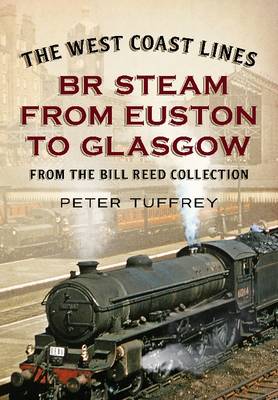The two decades following the end of the Second World War was a period of great change in Britain. One of the most noticeable changes, apparent throughout the towns and countryside, was the switch from steam to diesel traction. It transformed the character of the railways, not only in the replacement of locomotives, but also in the enormous upheaval of infrastructure. Bill Reed's photographs capture all of this. The sight of grimy steam locomotives on turntables, trundling along branch lines, pausing in sleepy stations, waiting to be watered or coaled, and on the scrap lines, is now only to be witnessed in photographic archives such as this. Bill took the pictures when it was a privilege, not to mention a rarity, to have a decent camera. He also took them at time when it was not frowned upon, like it is today, to be interested in railways, and take pictures of locomotives. It was only natural for young lads to have a desire to gaze at the vast, almost human engines with awe, because maybe their dads, granddads or even great granddads had been part of building or working them. Looking back now, it is a shame that more locomotives and more pieces of infrastructure were not saved.
Yet the 1950s and '60s was not a time for nostalgia and reflection; it was one, supposedly, for moving forward and embracing the new. But for those of us with an interest in Britain's great industrial and transport heritage, we have people like Bill Reed to thank for giving us a glimpse into the last years of this extraordinary era.
- ISBN10 178155207X
- ISBN13 9781781552070
- Publish Date 1 April 2013
- Publish Status Active
- Out of Print 4 March 2021
- Publish Country GB
- Imprint Fonthill Media Ltd
- Format Paperback
- Pages 128
- Language English
